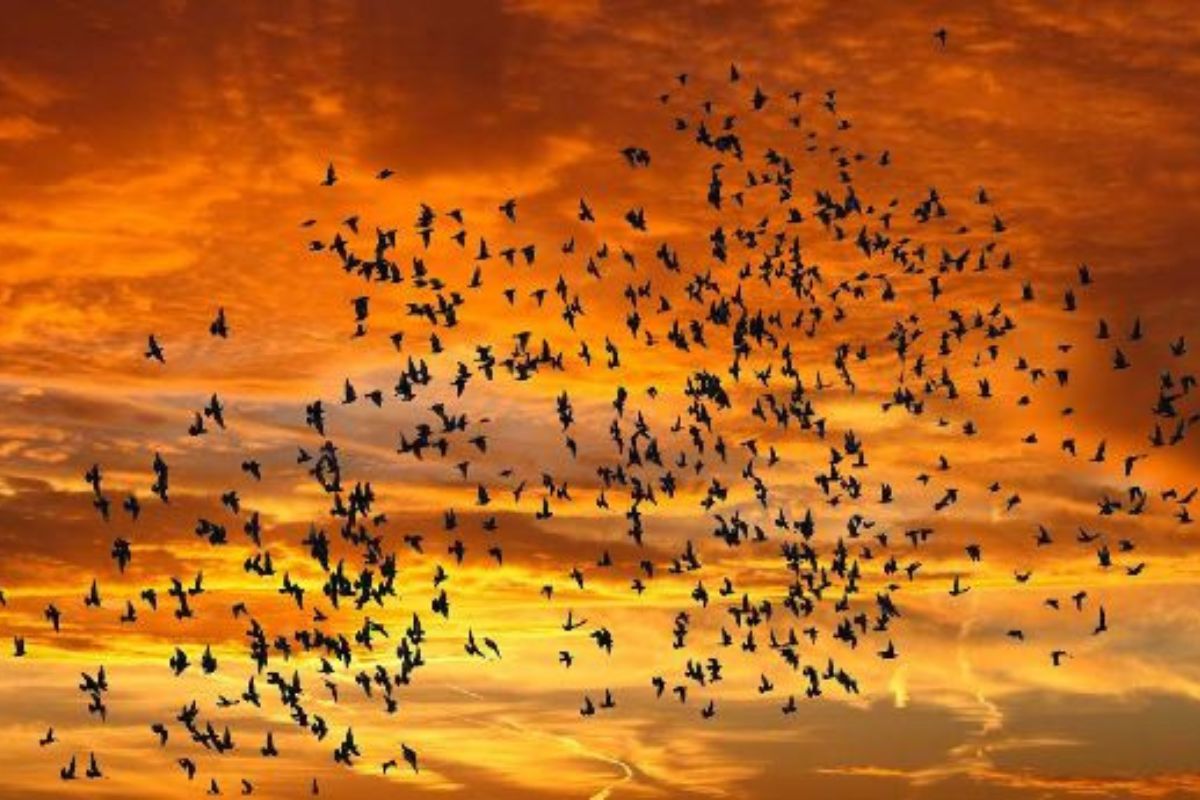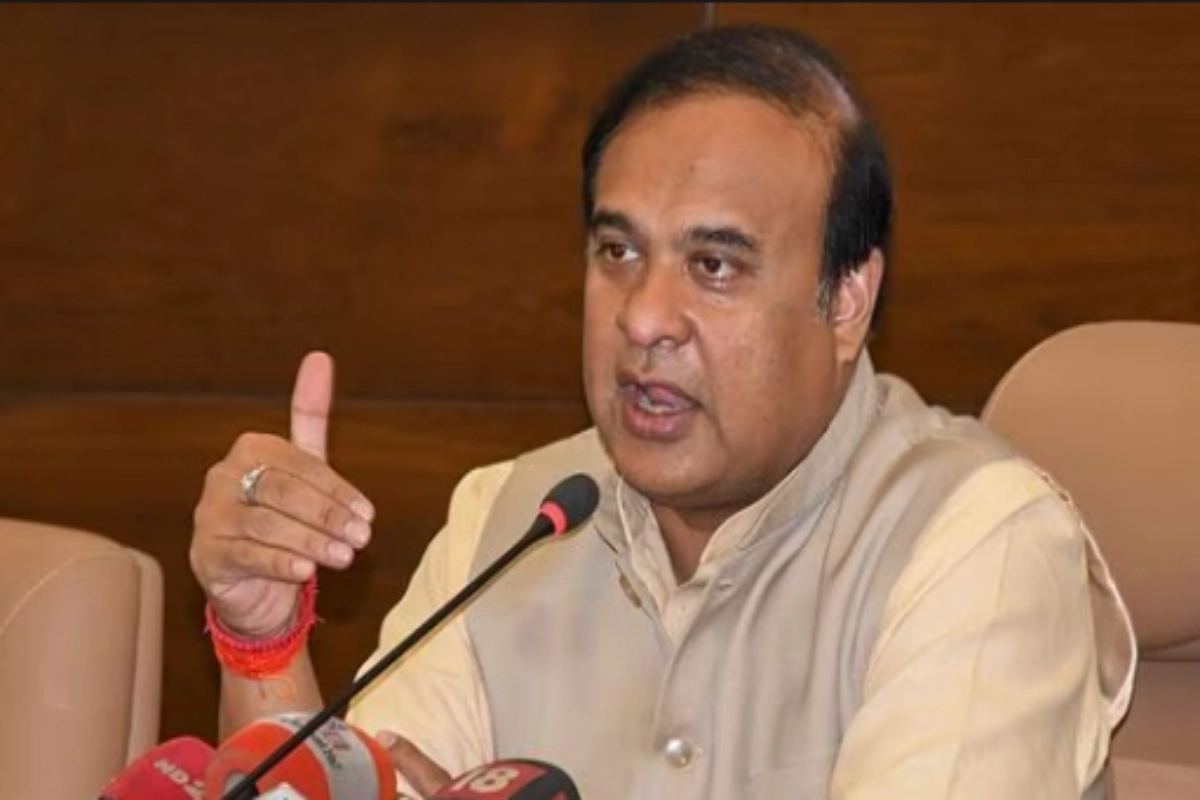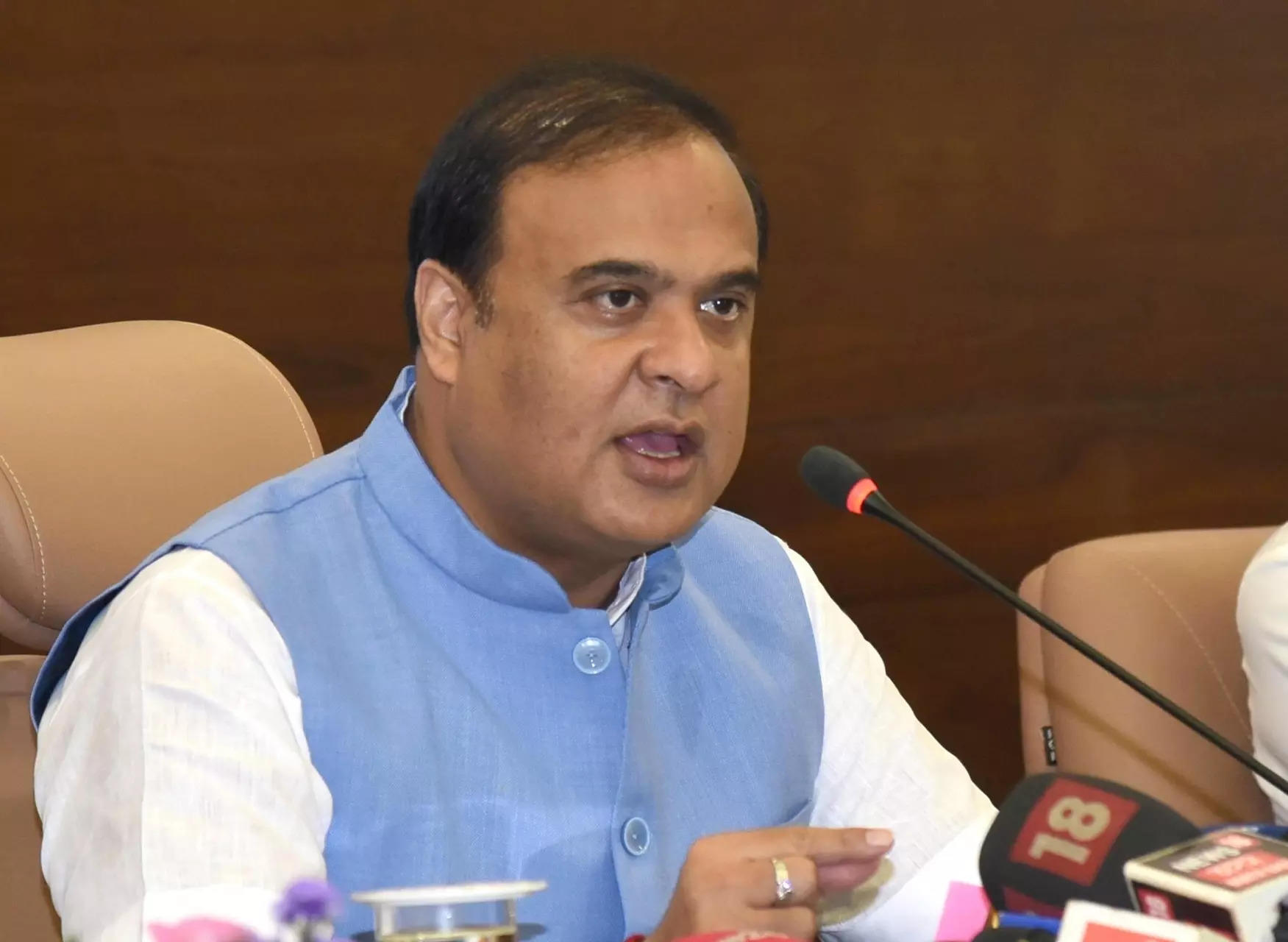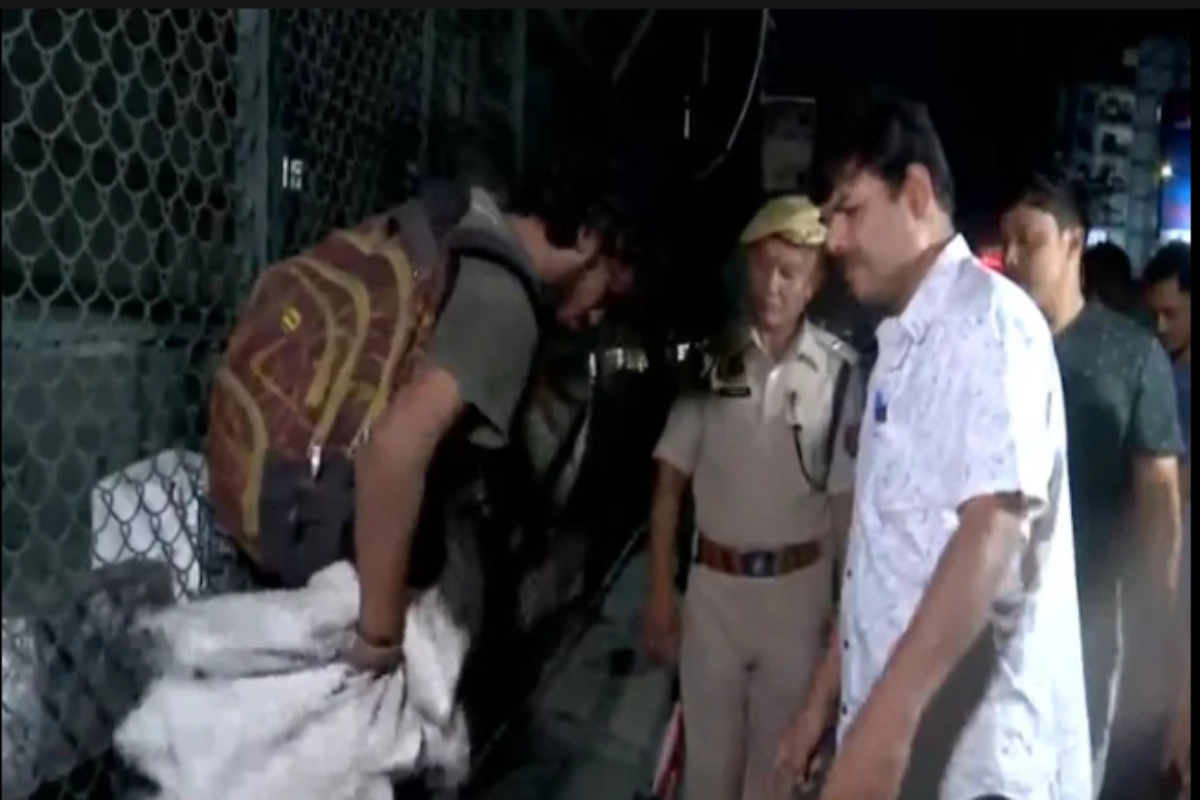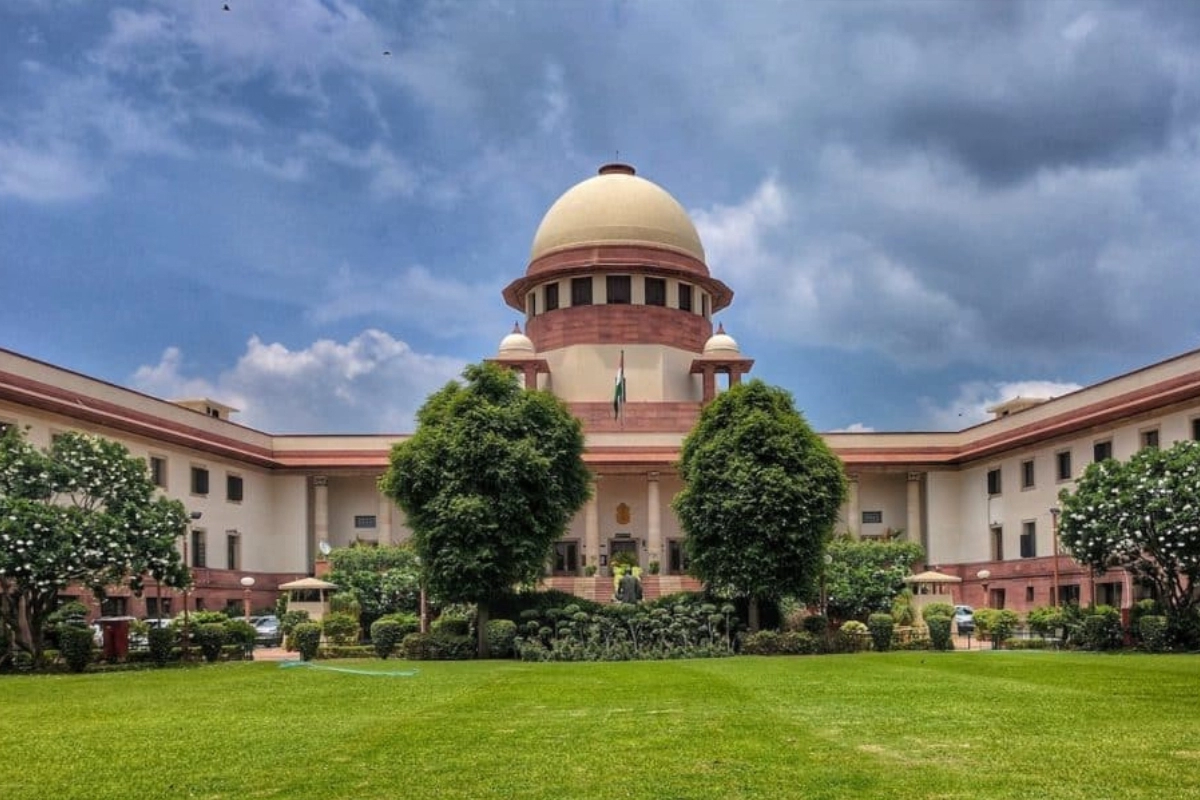Jatinga Village: Assam’s Jatinga Village is peaceful place with pretty views, but it’s famous for something odd. There are only about 2,500 people living there, yet the whole world knows it for a strange happening – birds there seem to commit suicide. Jatinga is found around 330 kilometers to the south of Assam‘s Guwahati city. This place becomes news every year from September to November because lots of birds die there. What’s weirder is that these birds only do this from 6 in the evening until 9:30 at night. And it’s not just local birds; even birds that migrate to this place join in this unusual behavior.
40 Species of Birds have commited suicidea
As per reports, around 40 distinct species of both indigenous and migratory birds have joined in this enigmatic spectacle of self-destruction. The eerie nature of these events has led numerous individuals to label Jatinga as one of the most unsettling destinations on the planet. At present, the phenomenon of mass avian suicides in this locale remains devoid of any conclusive explanation. Nevertheless, a video circulating across the Instagram social media platform has introduced several unsettling points in an attempt to shed light on the eerie occurrences.
As reported over the years, a prevailing belief among many villagers attributes these incidents to ‘evil spirits.’ According to local accounts, the birds appear bewildered and disoriented, resulting in collisions with trees, lights, and even structures. Adding to the mystique, Jatinga experiences isolation from the external world for a period of nine months due to natural factors. Furthermore, access to the village is restricted during nighttime, adding another layer of enigma to this already puzzling phenomenon.
More than a century old phenomenon
The list of migratory birds that have met their demise in this locale encompasses species such as the tiger bittern, little egret, black bittern, pond heron, Indian pitta, and kingfishers. The inception of this phenomenon dates back to 1910, although it wasn’t until 1957 that the wider world was introduced to its existence. This revelation occurred when E.P. Gee, an ornithologist and British tea planter, detailed this intriguing occurrence in his publication titled ‘Wild Life of India.’
Keep watching our YouTube Channel ‘DNP INDIA’. Also, please subscribe and follow us on FACEBOOK, INSTAGRAM, and TWITTER.


